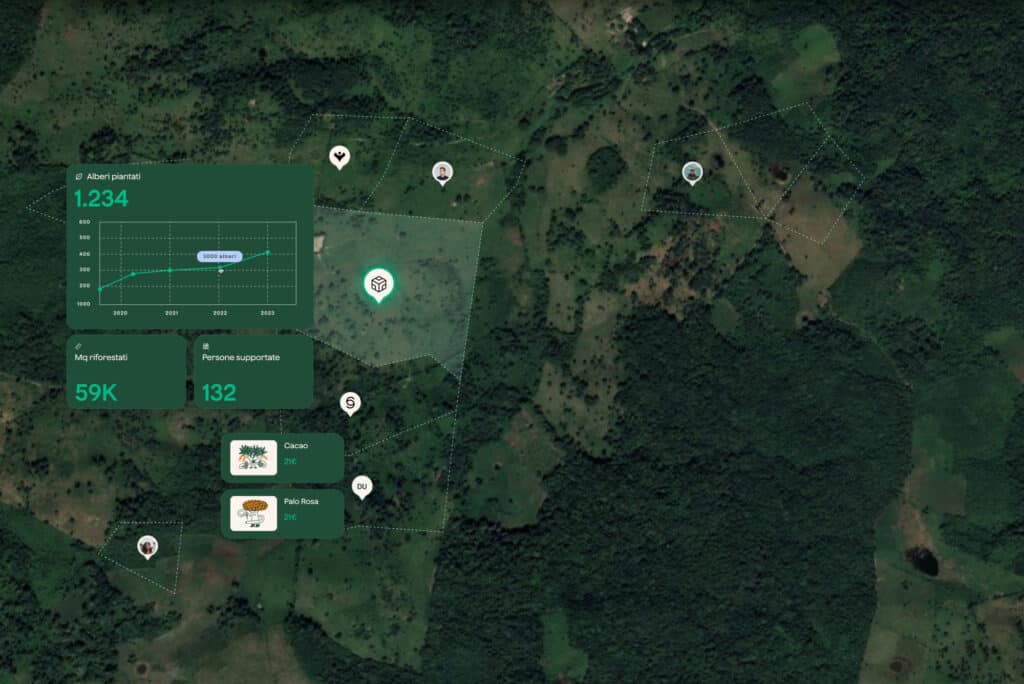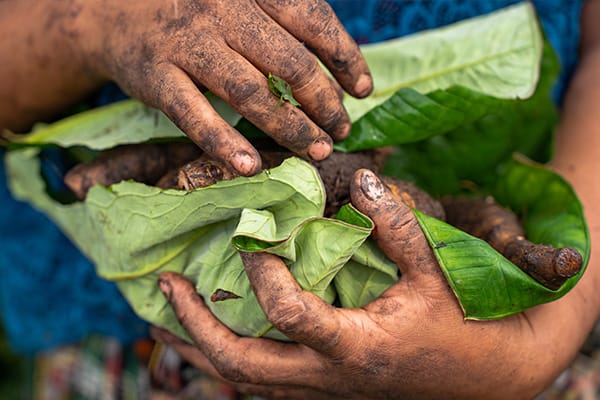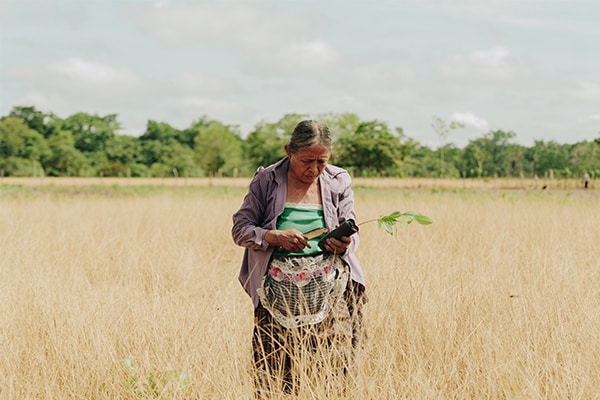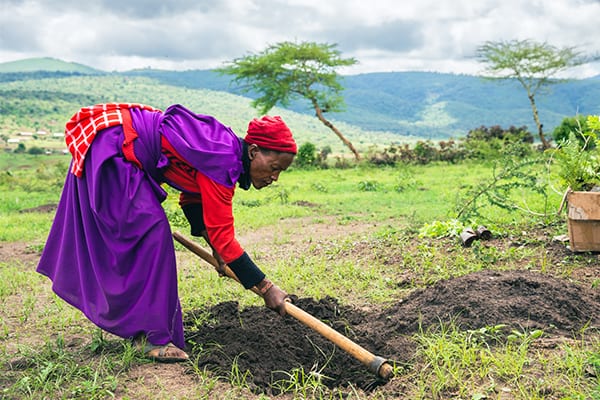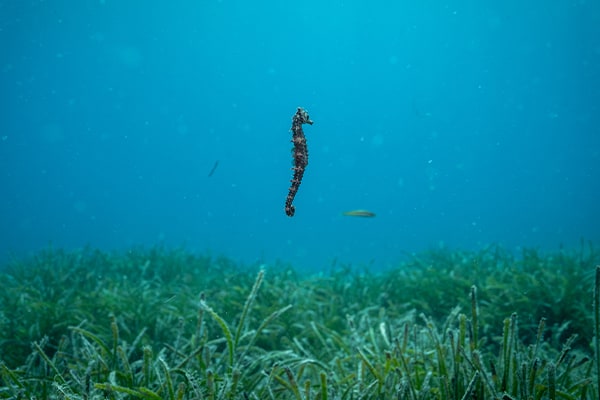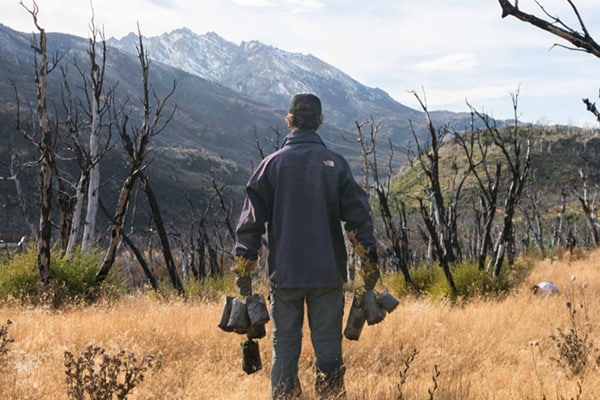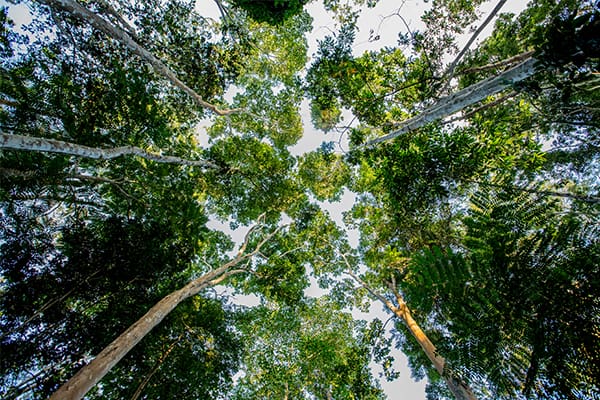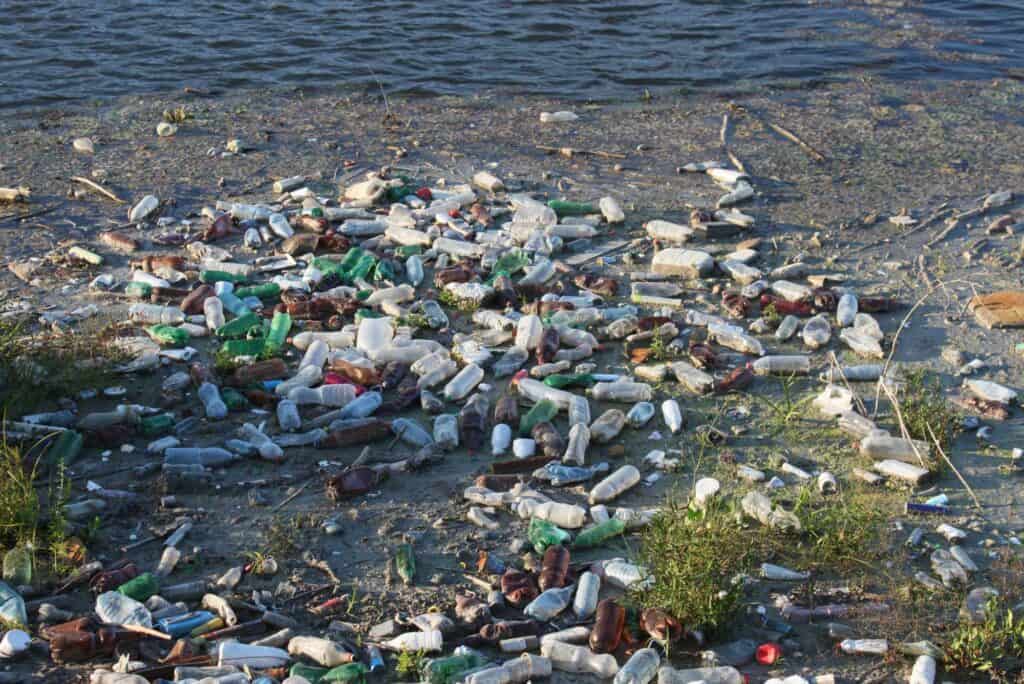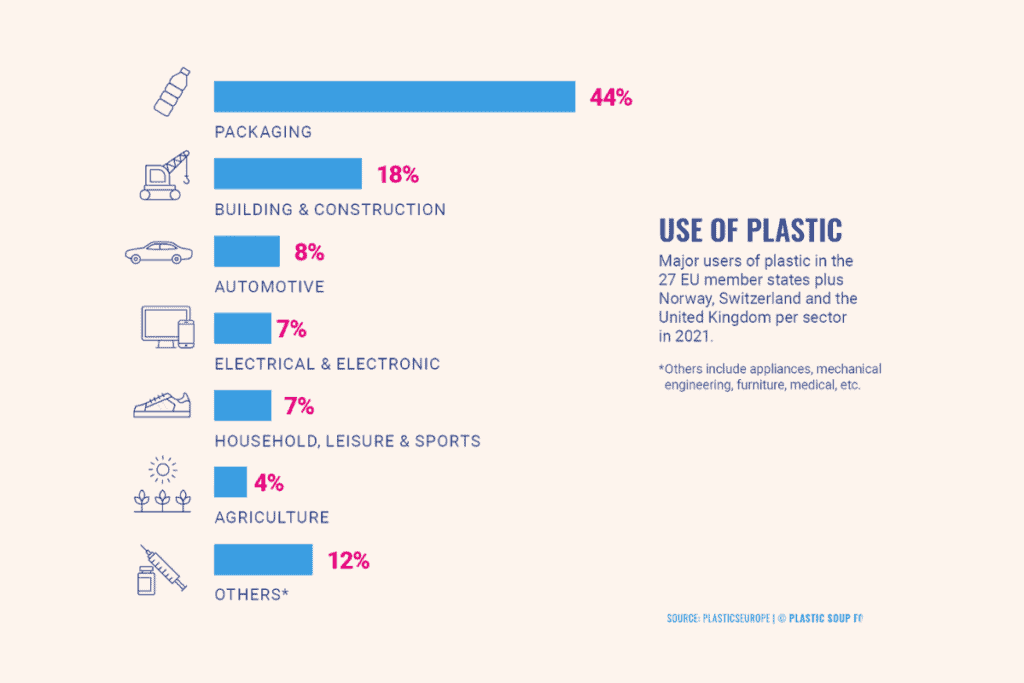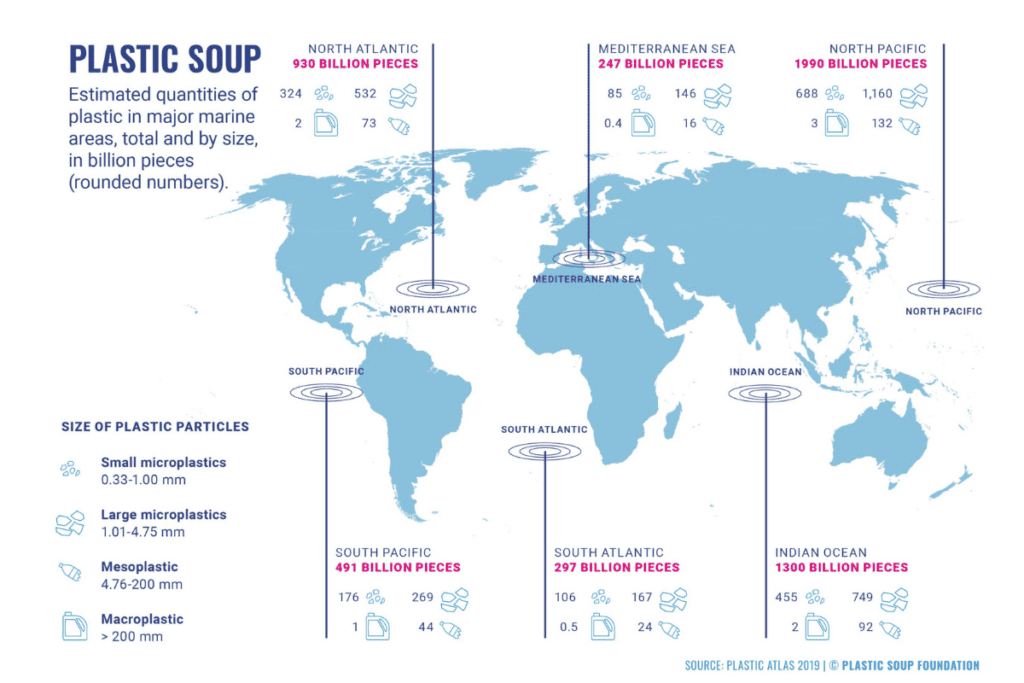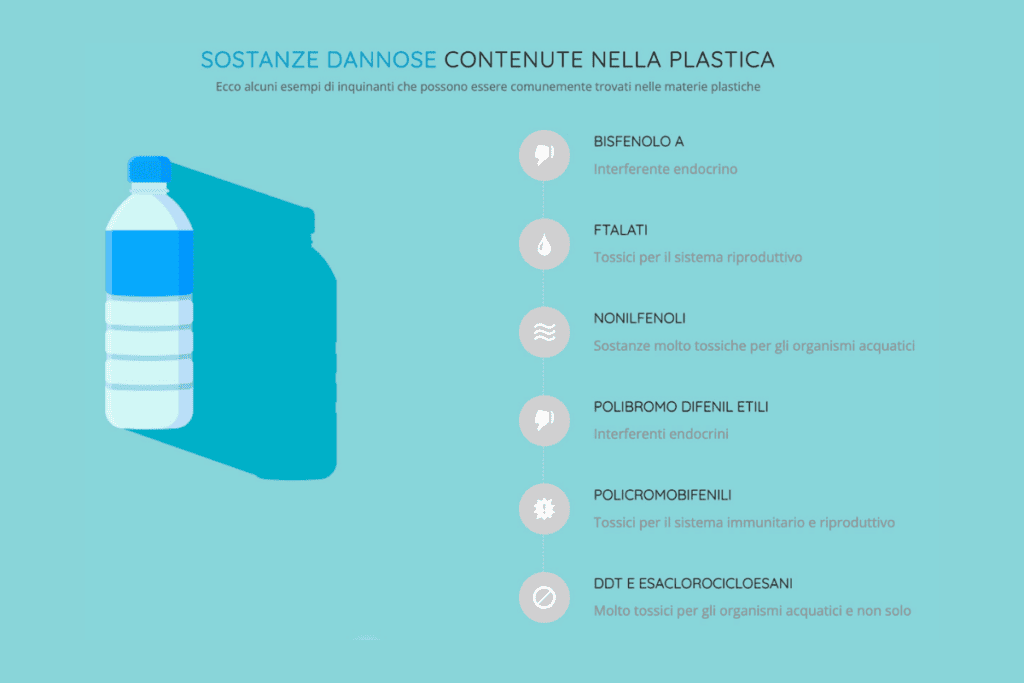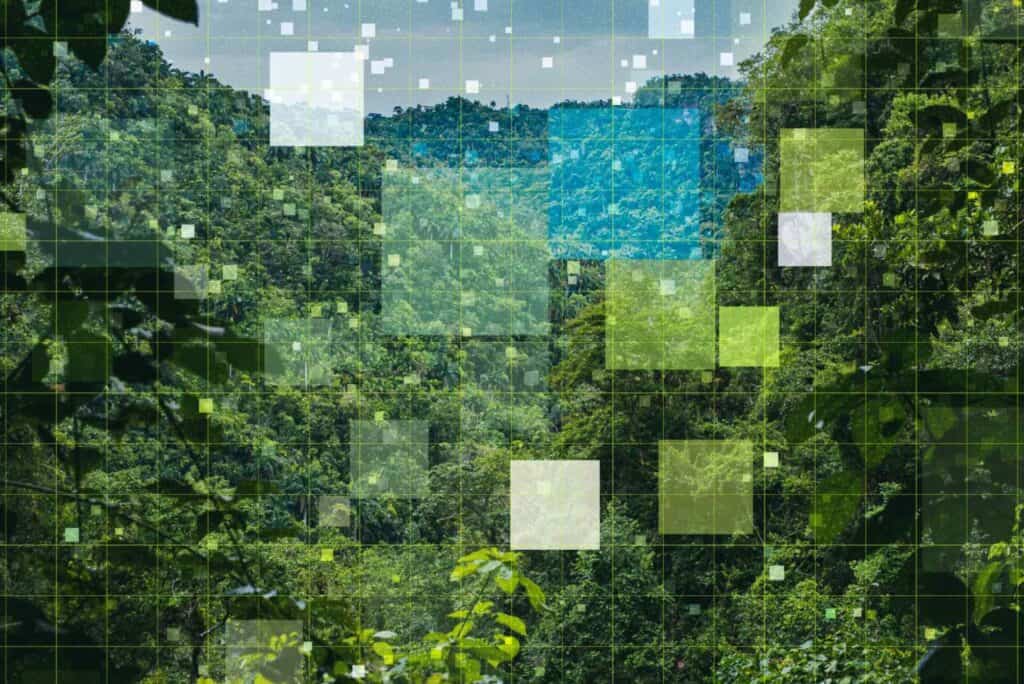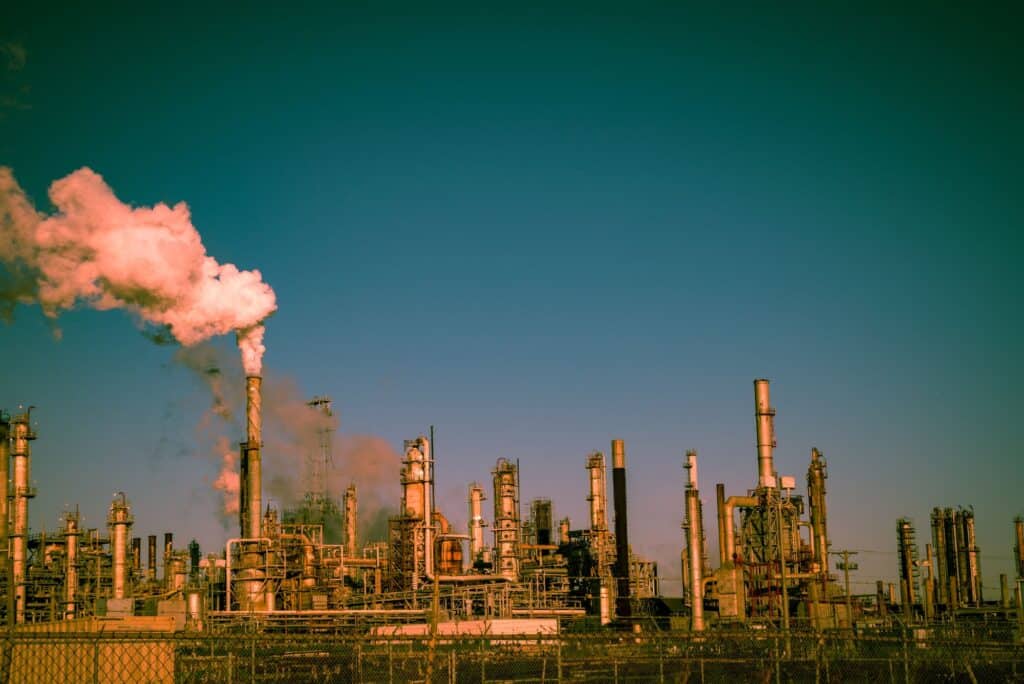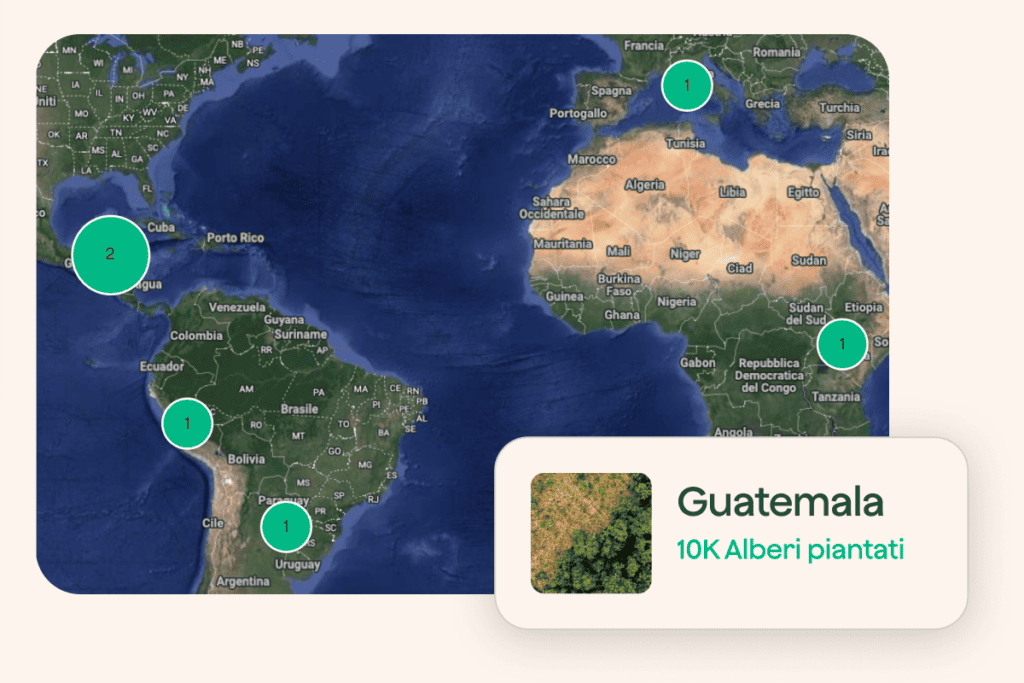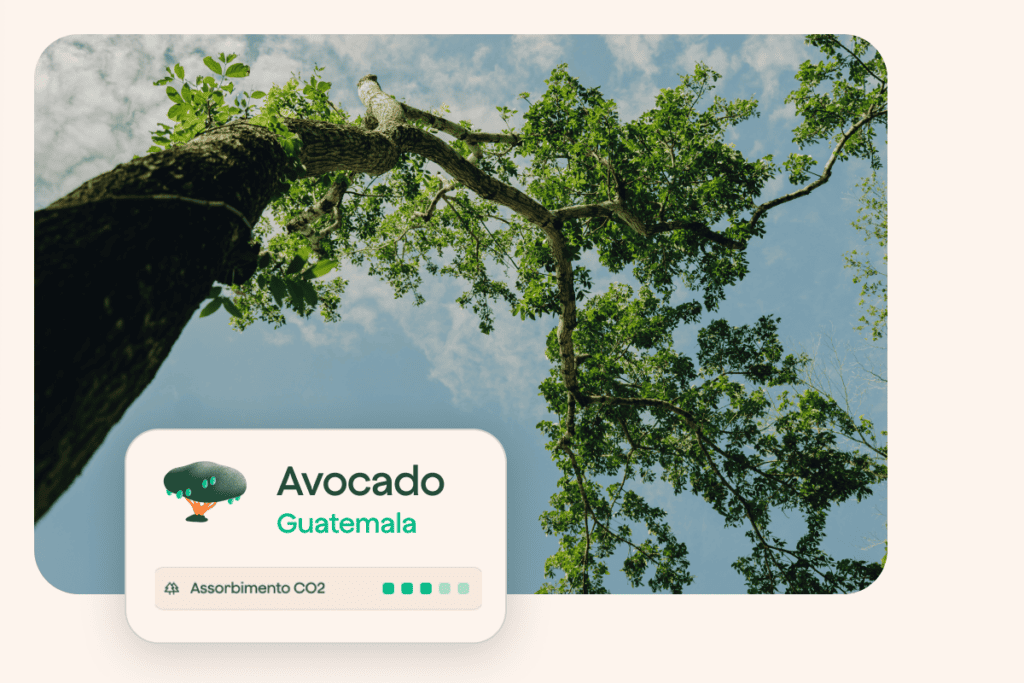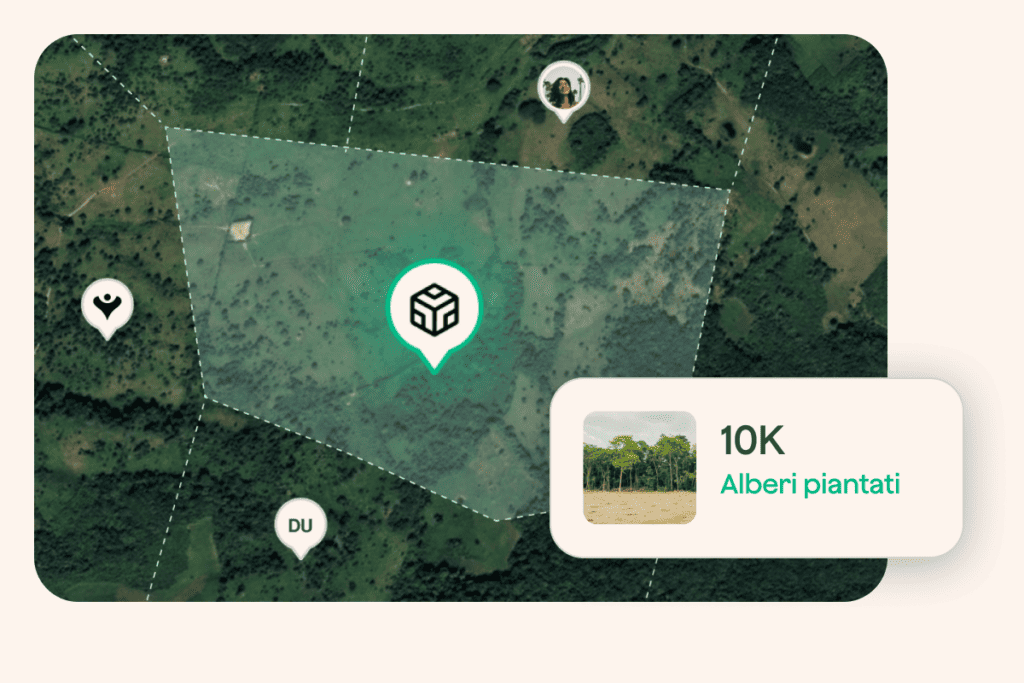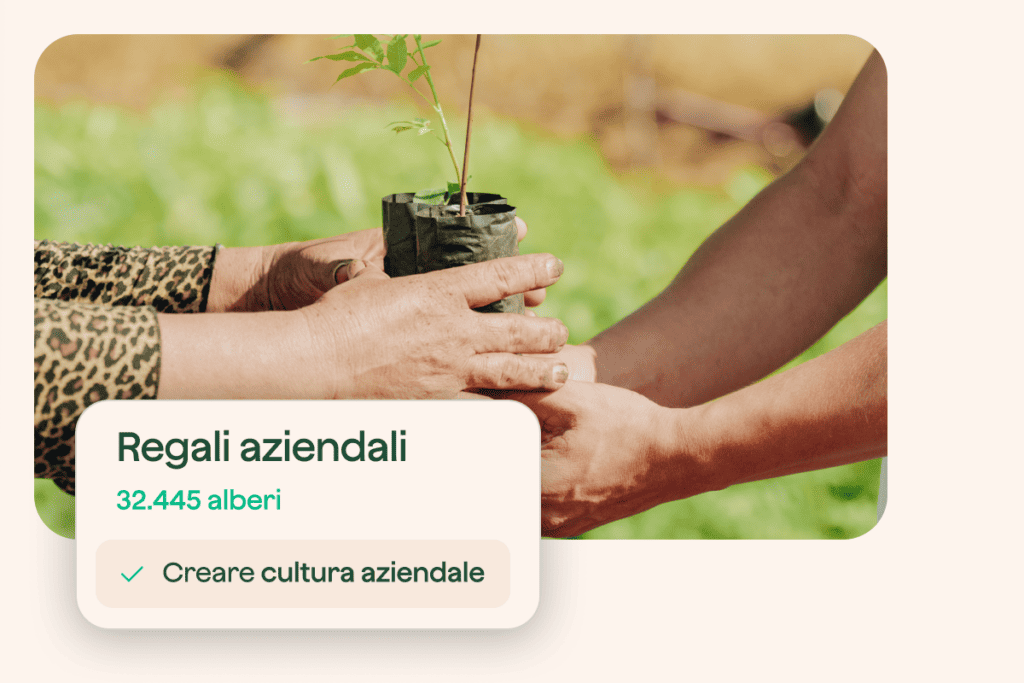Plastic: what is it?
Plastic is a resistant, waterproof and non-biodegradable material derived from hydrocarbons, i.e. polymers made of carbon and hydrogen. These components are the basis of the petrochemical industry, which deals with extracting, refining, and processing hydrocarbons of fossil origin – gas and oil. Thus, plastic is the end product resulting from these processes.
The history of plastic begins with Alexander Parkes from the UK, who invented the first type of plastic known as Xylonite in 1860-1, used for boxes and objects. In the last 160 years, the production of plastic has never stopped.

